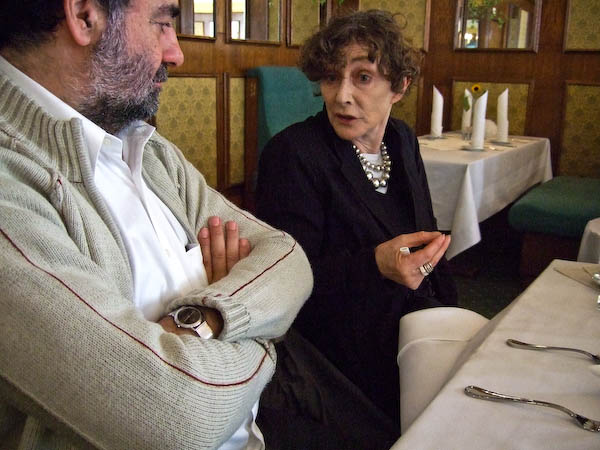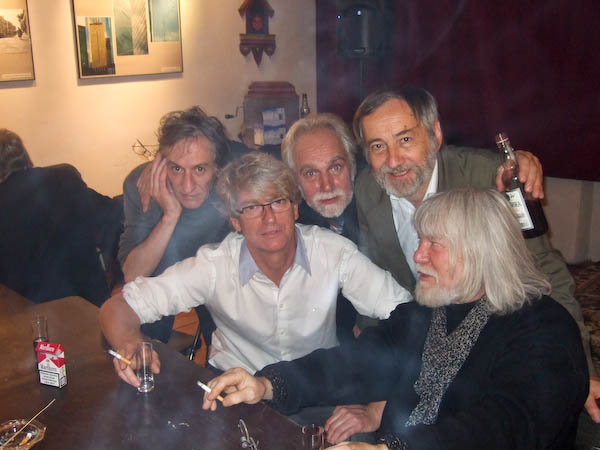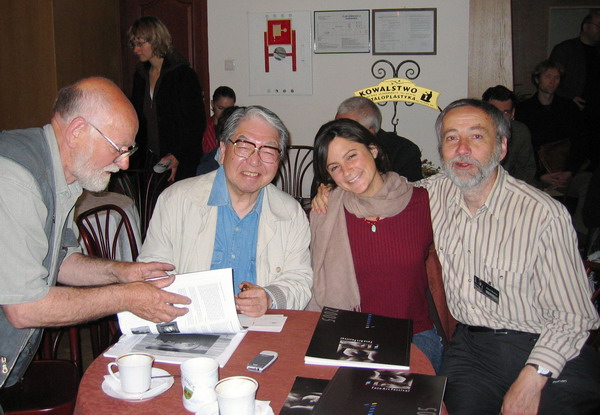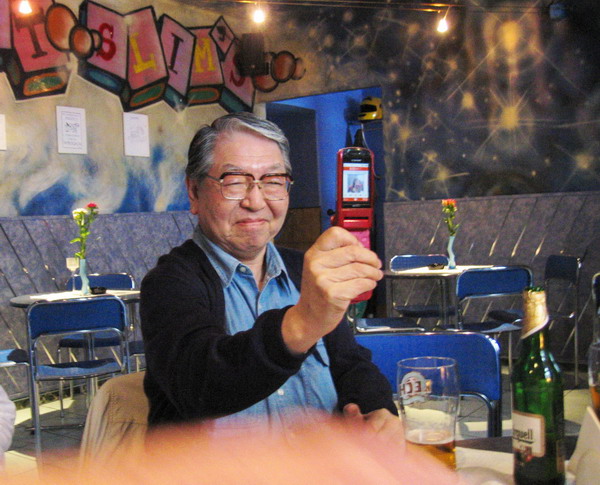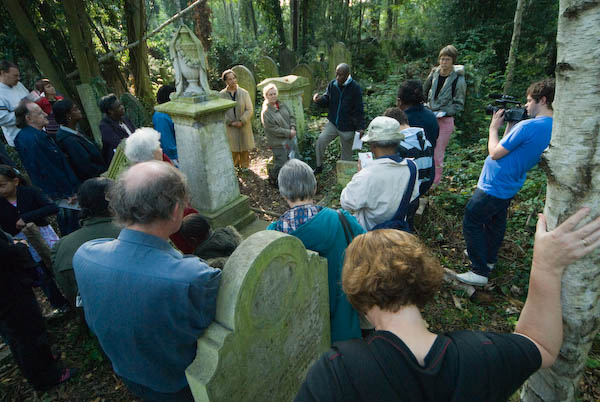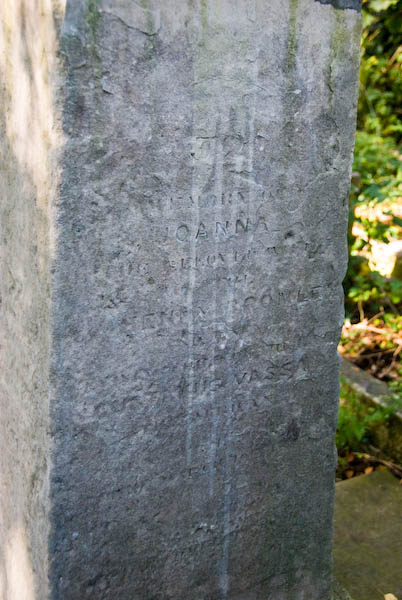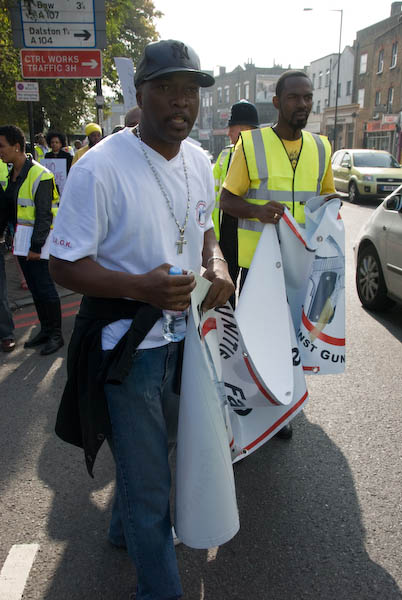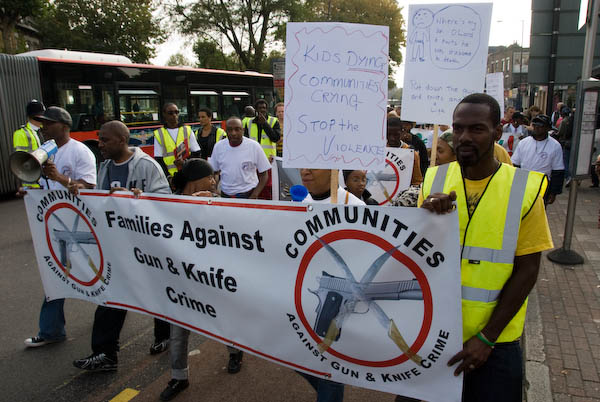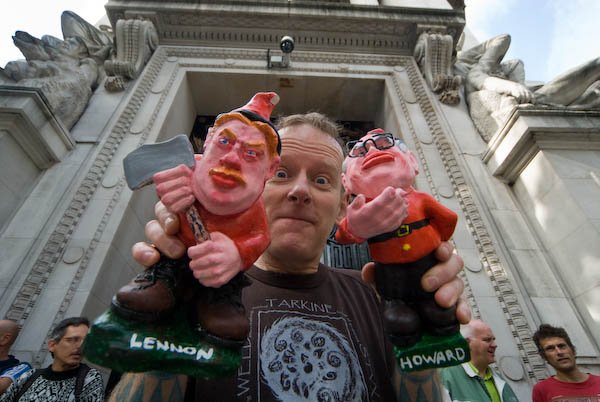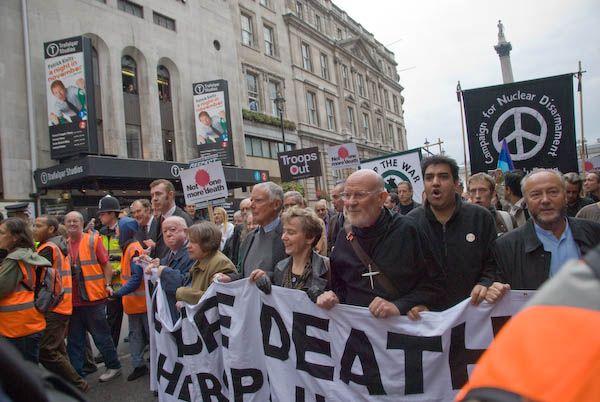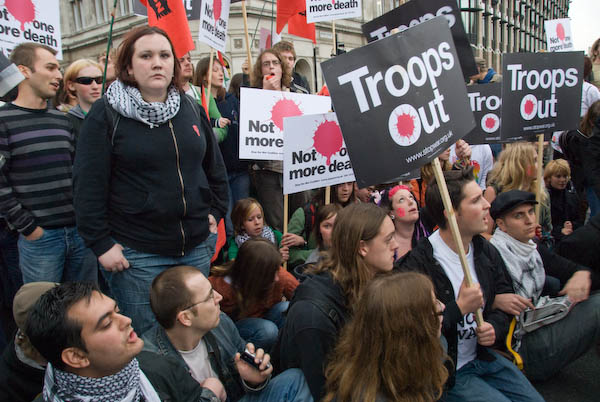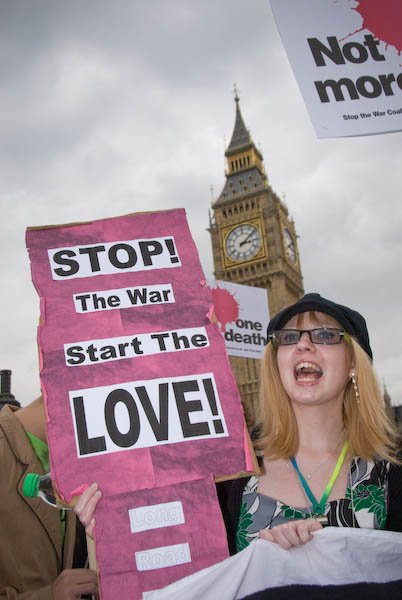First I’d better declare an interest. Actually I’m not sure I need to. This is – I hope – a very personal blog, one that reflects my own personal involvement in the medium of photography, and my conviction that if it isn’t personal, it isn’t worth saying (or photographing.)
But I was at [ space ] in Hackney on Friday night partly because my own work was appearing in the ‘Roof Unit Foundations’ show there, though I would have gone in any case to see the Brian Griffin show also opening there (see separate article.) My pictures in it are ones I now feel a certain distance from, as I took them in 1983.
Roof Unit is a group of photographers based in a former soap factory in the East End. I met one of them, Toby Smith, at an ‘Olympic Symposium’ held at [ space ], an arts complex in Hackney, in June, (where I also saw what will almost certainly be the best film to come out of the London 2012 Olympics.)
Toby talked at the symposium about his bid for a photographic contract for the games, made together with Photofusion, based in Brixton. I contribute work to the Photofusion library and I’ve been connected with it – if fairly peripherally – since its earlier incarnation in Webbs Road when I joined a ‘Men’s Group’ run by Crispin Hughes.
I met Toby again at a Photofusion opening on the day before the contract was announced (it didn’t go to Photofusion, although their bid was credible enough to get to the final stages) and naturally talked to him about my work in the Olympic area and the Lower Lea generally since the early 1980s. He was interested and later took a look at my River Lea site, and I was delighted to be invited to take part in the Roof Unit show in Hackney with a group of 4 colour pictures from those I had made around 1983.
This is a picture from the edge of the main Olympic site, and a scene that when I saw it made me exclaim ‘Man Ray’, although I have really no reason to think the wrapped object is a sewing machine. I’ll put the other 3 of my images at the bottom of this piece :

Bromley by Bow, 1982.
Lightjet print on dibond, 30x20cm. Peter Marshall
Back in April this year, after I’d photographed the Manor Gardens Allotments – now sadly lost to the Olympic juggernaut – I wrote: “part of the charm of the allotments at the moment is that they are a little run-down and the plot-holders huts have a very personal and rather heath-robinson quality. a still life photographer could spend their life here and never exhaust the subject matter.” The three images by Gesche Wurfel provide a powerful illustration of the fact, working precisely and in square-format colour. I particularly liked Shed 2, with its perfect balance between inside and outside lighting connecting the interior with the allotments and its use of colour, particularly the glowing orange plastic spade, the reds of the window frame and the yellow hedge outside.
Rita Soromenho‘s bunch of dandelion heads collected on a walk by the Lea were also glorious for their colour and richness, transmuting these wild and so-common plants into an image of sumptuous beauty. The fine detail and glow against the black background produced in this image made on a scanner gives an amazing realism.
Jason Larkin adds a touch of human interest in his two pictures taken in one of the many small factory units on the site. Heads peer out between stacked white boxes of scotch salmon, and a crudely tattooed hand cuts through a slice of rich orange fish. Of course all of the work on show implies human presence, whether in the eerie night-time pylons of Anthony Marsland (one suspects putting the cables underground was a decision made largely on doubtful aesthetic grounds) or the goal-posts of East Marsh by Mark King, seen in dramatic light and one of a number of sporting facilities to be lost during the Olympic development, in this case I think for a coach park.
Chris Littlewood’s three Ebb and Flow images show the patterns left by the rise and fall of water and waste, soon to be a thing of the past above in the site area with the building of a lock on the Prescott Channel, which may enable the use of barges to carry away spoil from the building sites, but perhaps more importantly will protect the delicate noses of the athletes and corporate guests for whom the Olympics is staged from the sewage sometimes carried upstream on the tide.
Reinaldo Loureiro‘s untitled C-type print reminded me of the travellers caravans I was invited into for tea many years ago when helping to protect them from police harassment in Manchester. The same mixture of kitsch religious images, plastic flowers and everyday life – in this case a plate of biscuits and a beer can. Toby Smith‘s Silo 7 is very much the kind of view of derelict industry that has excited some of my own work over the years, and I would have welcomed seeing more of his work, even if that meant smaller prints. Jon Wyatt‘s panoramic image of the ‘Greenway’, the path on the Northern Sewage Outfall, shows it in dramatic light with a fine mass of grey clouds. I wasn’t sure whether it might have been improved by rather less of the brown of the path in the foreground, but perhaps this was a deliberate reference to what lay under the photographers feet on its route to Beckton.
Outside in the corridor are two large light boxes with Duratran lambda prints by Allesandra Chila. These ‘Olympian Visions’ were (I think) of a group of volunteers tidying up one of the filter beds of a former water works and a view over the rooftops of Hackney Wick. I’m not sure exactly from where this was taken, but many of us will have spent considerable time waiting for Silverlink and contemplating a rather similar view. Although I found these prints impressive, I also felt a little disappointment when I moved in for a closer view, which gave me grain or texture rather than the greater detail for which I had hoped.
Also in the show were Peter Ainsworth, with an image of fridges piled up behind a wall and a white van parked in front, Sophie Gerrard with a picture of a lock-keepers house on the Bow Back Rivers (an interesting lock, recently restored,) and Wendy Pye, whose Ipod slideshow gave us some fleeting glimpses around Marshgate Lane and the Old River Lea; too fleeting for me – I would have liked to see more images and a slightly slower presentation rate.
It’s an interesting show, combining a variety of approaches to the area, much of which will disappear and whose whole character will be changed over the next few years, a change which I can only view with considerable regret.

The Lea Navigation carried timber to many timber yards. Upper Edmonton, 1983.
Lightjet print on dibond, 20x30cm. Peter Marshall

Ponders End, 1983.
Lightjet print on dibond, 20x30cm. Peter Marshall

Hackney Wick, 1983.
Lightjet print on dibond, 20x30cm. Peter Marshall

